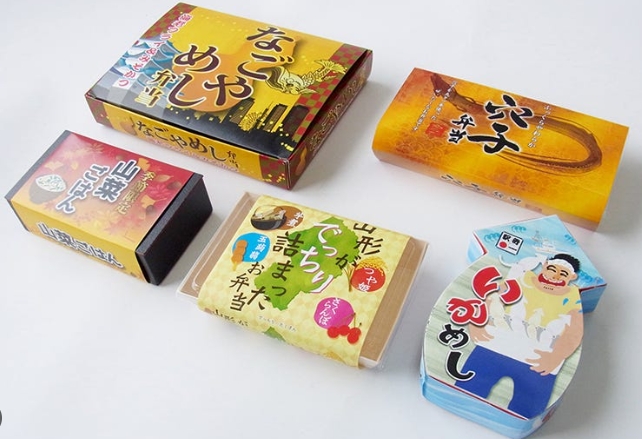Japanese food packaging design is a fascinating blend of tradition, modernity, and environmental consciousness. From the beautifully crafted bento boxes to the eco-friendly materials used in contemporary snacks, the art of packaging in Japan reflects a rich cultural heritage and a keen awareness of aesthetics and functionality. Understanding this unique aspect of Japanese culture can provide insights not only into the culinary world but also into design principles.
Design Aesthetics and Cultural Significance
One of the most captivating elements of Japanese food packaging is its intricate design aesthetics. Many food products are packaged in a way that highlights seasonal themes, traditional motifs, or even a specific region’s unique identity. For instance, wagashi, traditional Japanese sweets, are often adorned with beautiful designs that reflect the seasons, such as cherry blossoms in spring. This emphasis on aesthetics is not merely superficial; it conveys deep cultural narratives and enhances the overall dining experience. The design often tells a story, capturing the essence of nature, history, or local customs, making the packaging a conversation starter long before the food is consumed.
Practicality and Functionality
Besides beauty, Japanese food packaging is known for its practicality. The engineering of packaging solutions often prioritizes convenience, freshness, and minimal waste. For example, individual servings of sushi or bento are carefully packed to maintain structural integrity, freshness, and taste during transport. Innovations like vacuum sealing and thermal insulation ensure that the food arrives in perfect condition. Moreover, the use of biodegradable materials is becoming increasingly popular as Japan shifts towards more sustainable practices. This focus on functionality not only enhances user experience but also reflects a growing awareness of environmental impacts.
Eco-Friendly Initiatives
As global concerns about sustainability rise, Japan is leading the charge in eco-friendly food packaging. Many companies are committed to reducing plastic use and opting for biodegradable or reusable materials. Traditional packaging methods, such as using washi paper or bamboo containers, are being revisited and reimagined for modern use, blending functionality with eco-consciousness. Consumers are not just passive recipients but are increasingly supportive of brands that prioritize the environment. By choosing sustainable packaging, Japanese food makers contribute to a larger movement that seeks to minimize waste and preserve natural resources, ensuring that future generations can appreciate Japan’s culinary delights.
In conclusion, the world of Japanese food packaging design offers a wealth of insights into the intersection of culture, aesthetics, and sustainability. Whether you’re a foodie, a design enthusiast, or simply curious about different cultures, exploring this topic is both enriching and inspiring. Dive deeper into the culinary arts, and you may discover that food packaging is just the beginning of an incredible journey. Feel free to share your thoughts or experiences with Japanese food packaging in the comments below, and let’s keep the conversation going!

